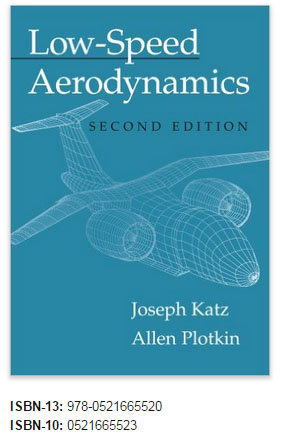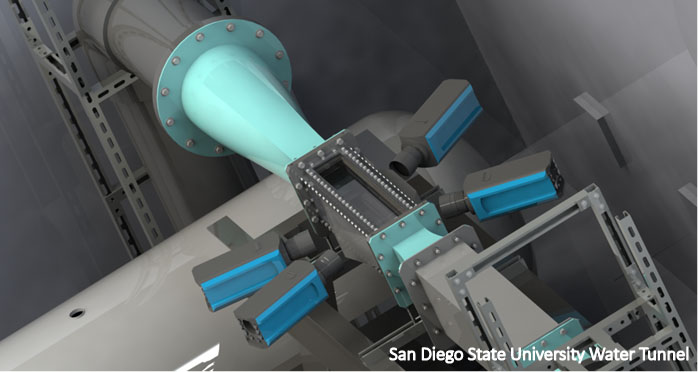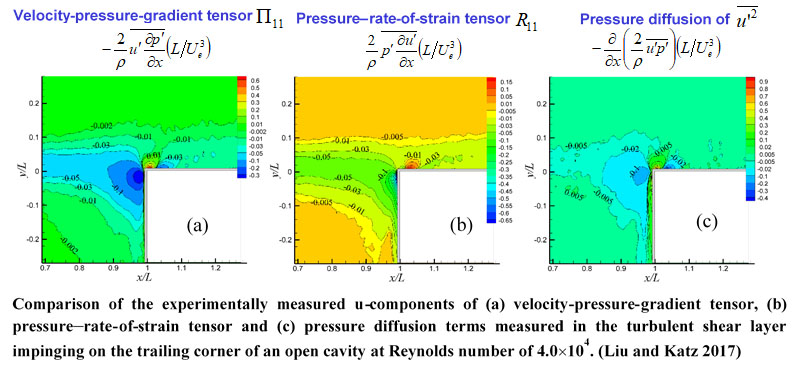Aerodynamics and Propulsion
Overview
- The aerodynamics research at San Diego State University has a proud heritage in providing scholarly answers to a variety of compelling problems and challenges in fundamental aerodynamics and fluid mechanics that are of strong interest and in high demand within the academic community, the industries and the government funding agencies. Research tools include theoretical analysis, high-precision numerical simulation and advanced flow field diagnosis.
- Research topics include vortex dynamics, simulation and analysis of particle-laden flows, flow separation in complex geometries, passive and active flow control, drag reduction, automotive aerodynamics and dynamics, unsteady aerodynamics, hydrodynamics, turbulence, cavitation, acoustics, fluid-structure interactions, post-stall-spin aerodynamics, shock wave-boundary layer interactions, transonic wings, stall resistant configurations as well as the innovative development of the optics-based velocity and pressure measurement technique development.
Core Faculty Members
Gustaaf (Guus) Jacobs
Professor Jacobs received a M.Sc. in Aerospace Engineering from Delft University of Technology in 1998, where after graduation, he was appointed to Research Associate. He received a Ph.D. in Mechanical Engineering from the University of Illinois at Chicago. Following graduation in August of 2003, he was appointed Visiting Assistant Professor in the Division of Applied Mathematics at Brown University. He later combined this position with a Postdoctoral Fellowship at the Department of Mechanical Engineering at the Massachusetts Institute of Technology. As of August 2006, he was appointed Assistant Professor of Aerospace Engineering at San Diego State University and was promoted to Associate Professor in August of 2010. He graduated with an Honor Propaedeuse from Delft University of Technology. In 2002 he was awarded a University Fellowship at the University of Illinois. He received an AFOSR Young Investigator Award in 2009 and became an Associate Fellow of the American Institute of Aeronautics and Astronautics in 2013.
The research interests of Professor Jacobs can broadly be defined in area of computational multiphase, and multi-scale flow physics using high-order methods. Particular emphasis is on simulation and analysis of particle-laden flows and flow separation in complex geometries, and plasmas to aid flow control relating to combustion optimization and drag reduction.
Joseph Katz
Professor Katz has a wide variety of research interests in the following areas: internal combustion engines: cooling, carburation; powerplant optimization; passenger car safety; two phase flow cooling; heat transfer and heat exchangers; wind tunnel measurements, including laser doppler anemometry in two phase flows; non-conventional naval propulsion e.g.: undulating propellers, swimming fins; non-steady aero and hydrodynamics; potential flow and general fluid dynamics; general aviation piston engine cooling and drag reduction; post-stall-spin aerodynamics; automotive aerodynamics and dynamics; lifting body airplane; transonic wings; and stall resistant configurations.


Xiaofeng Liu
Dr. Liu has extensive experience in flow diagnostic tool usage including hot wire, seven-hole probe, LDV and PIV. His research interests broadly reside in high-lift aerodynamics, turbulent shear layer and wake flows, vortex dynamics, cavitation, drag reduction, fluid-structure interactions, biomedical acoustics, heat and mass transfer, particle image velocimetry and image processing. His current focus is on the development of time-resolved non-intrusive 3-D pressure field measurement techniques and their applications in the study of turbulence and unsteady aerodynamics. Under his supervision, the SDSU water tunnel, a variable pressure hydrodynamics research facility capable of performing fundamental turbulence and cavitation research was constructed and shakedown tested in fall 2017.



